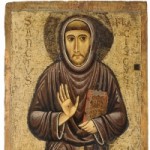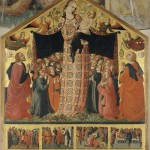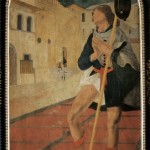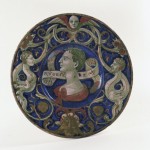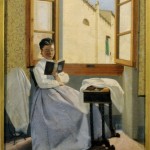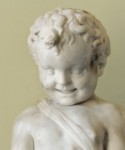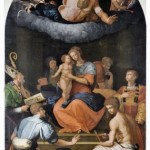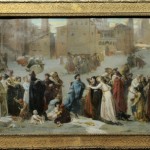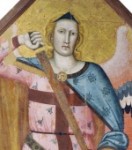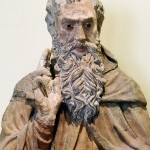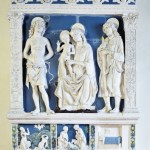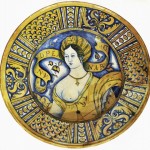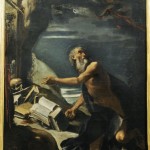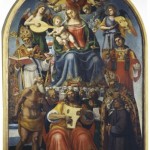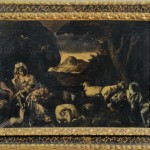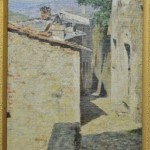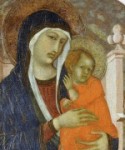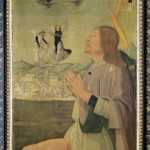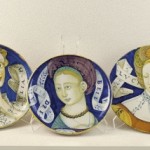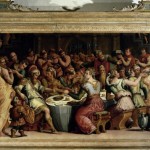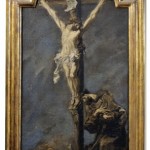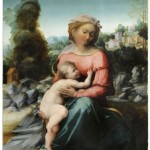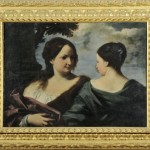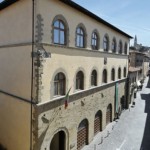The Museum was founded in Arezzo in 1957, following an agreement between the municipality of Arezzo and the Ministry of Education, at the time in charge of the “Fine Arts” , regarding the management of the Municipal Picture Gallery’s collections, which were mainly the result of the suppression of the religious orders and the acquisition of the Bartolini, Funghini, and Fossombroni collections; and, generally, of all the historical collections belonging to the Fraternita dei Laici.
The latter had entrusted them to the city already by 1934-35. Numerous loans by the Florentine Galleries have added to the initial core collections, including the more recent 1964 bequest of the Salmi collection to the State, which was expanded in 2010 with a new donation from the heirs.
Since the war, following a series of complex events, the collections were gathered in the present location, Palazzo Bruni Ciocchi, also known as “della Dogana”. A ministerial decree dated 7 October 1972 finally established the two state museums in Arezzo: the Archaeological Museum in the former Convent of San Bernardo and the Museum of Medieval and Modern Art.
The museum is divided into twenty rooms on three floors. The works are arranged chronologically, going from the Middle Ages to the 19th century.
The Customs Palace
The building’s popular name of “della Dogana”, (i.e., Customs) refers to the time when it was occupied by the State Monopolies. The post-war restoration work lasted for many years and returned the palace to its stately appearance.
Construction of the palace in the mid-15th century, incorporating pre-existing 14th-century buildings was began by the family of Leonardo Bruni, chancellor of the Florentine Republic and renowned humanist.
Also dating back to this period is the large colonnaded courtyard, which has retained its Renaissance aspect and may be accessed from one of three entrances on Via San Lorentino.


